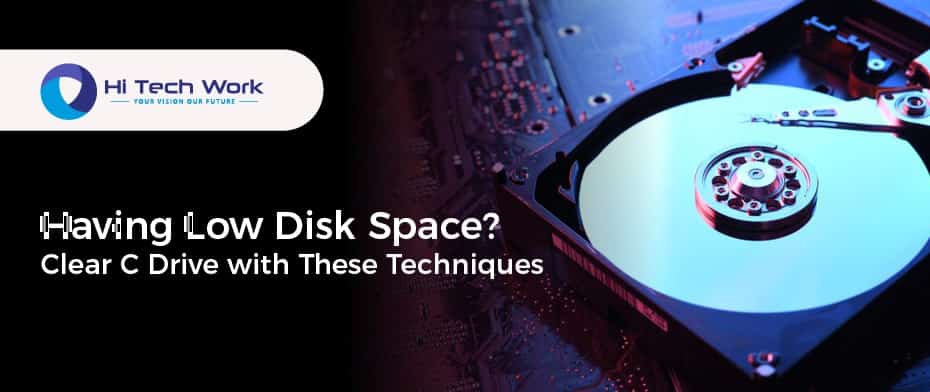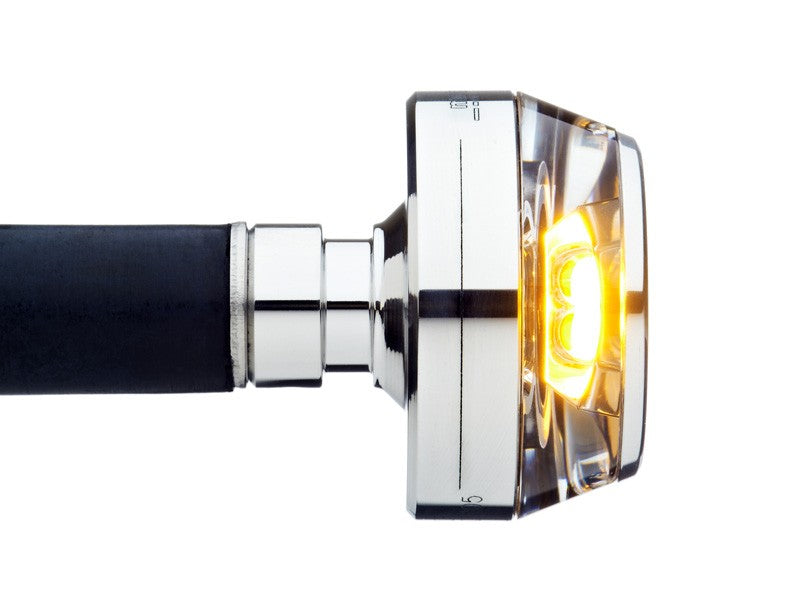

Warning: Deleting the specified device(s) will result in data being lost.ġ3. Deleting array A from arrays A,B,C will result in two remaining Warning: Deleting an array can cause other array letters to become renamed.Į.g. To delete a logical drive with the number 2 use the below command. The above shows the RAID type, the disk name assigned to the logical drive, and other information about the logical drive number 2. Parity Initialization Status: In Progress To display the detailed status of the logical drive, do the following: You have to scan for new devices as shown below. If you’ve added new physical hard disk, they won’t automatically show-up immediately. In this example, it shows that the RAID 5 logical drive got created successfully. Once these logical drives are created, you should see the disks from the fdisk and you can format it from there and start using it.Īfter you create a logical drive, execute the following command to verify that the LD got created. The above command creates a logical drive with the five physical drives on RAID 5 configuration in slot 0. Create New RAID 5 Logical DriveĮxecute the following command to create a new logical drive using RAID 5 option. The above command creates a logical drive with the two physical drives 1I:1:3 and 1I:1:4 on RAID 1 configuration in slot 0. Create New RAID 1 Logical DriveĮxecute the following command to create a new logical drive using RAID 1 option. The above command creates a logical drive with the physical drives 1I:1:3 on RAID 0 configuration in slot 0. => ctrl slot=0 create type=ld drives=1I:1:3 raid=0 As shown in the output below, we currently have only one logical drive in RAID 1 with total size of around 136GB.Įxecute the following command to create a new logical drive using RAID 0 option. The following command will display all available logical drives on the system. This can be very helpful during troubleshooting.
TURN ON DISK LED HP SERIAL
The specific disk is “2I:1:6”, which we figured it out from the output of the previous command.Īs shown in the output below, this displays the Serial Number, Make, Model, Size and Fireware version of this specific disk. In this example, we like to know the status of “pd” (physical disk) in slot 0. To display the detail status of a specific physical drive, do the following. Physicaldrive 2I:1:8 (port 2I:box 1:bay 8, 300 GB): OK Physicaldrive 2I:1:7 (port 2I:box 1:bay 7, 300 GB): OK Physicaldrive 2I:1:6 (port 2I:box 1:bay 6, 300 GB): OK Physicaldrive 1I:1:4 (port 1I:box 1:bay 4, 300 GB): OK Physicaldrive 1I:1:3 (port 1I:box 1:bay 3, 300 GB): OK Physicaldrive 1I:1:2 (port 1I:box 1:bay 2, 146 GB): OK Physicaldrive 1I:1:1 (port 1I:box 1:bay 1, 146 GB): OK In this example, we have two 146GB physical drives, and 5 300GB physical drives, and all are in perfect condition. To display the status of the physical drive, do the following. In this example, the controller is working perfectly without any issues. To display the status of just the controller, do the following. The first RAID group RAID 1 contains 2 physical drives and the remaining physical drives are not assigned to any of the logical drives. In this example, as shown in the above output, we have total 7 physical drives. Physicaldrive 2I:1:8 (port 2I:box 1:bay 8, SAS, 300 GB, OK) Physicaldrive 2I:1:7 (port 2I:box 1:bay 7, SAS, 300 GB, OK) Physicaldrive 2I:1:6 (port 2I:box 1:bay 6, SAS, 300 GB, OK) Physicaldrive 1I:1:4 (port 1I:box 1:bay 4, SAS, 300 GB, OK) Physicaldrive 1I:1:3 (port 1I:box 1:bay 3, SAS, 300 GB, OK) Physicaldrive 1I:1:2 (port 1I:box 1:bay 2, SAS, 146 GB, OK)

Physicaldrive 1I:1:1 (port 1I:box 1:bay 1, SAS, 146 GB, OK) To display the detailed status of the controller and the disk status, execute the following command. The following is exactly same as the above.

Or, if you don’t want to get to the hpacucli prompt, you can just enter the following directly in the Linux prompt. Type "help" for a list of supported commands. HP Array Configuration Utility CLI 9.20.9.0 When you type the command hpacucli, it will display a “=>” prompt as shown below where you can enter all the hpacucli commands explained in the article.
TURN ON DISK LED HP INSTALL
To use hpacucli, download and install the latest version of hpacucli rpm from the HP website on your Linux server. Hpacucli is used to create, delete and repair the logical and physical drives on the smart array controllers in HP servers. HPACUCLI stands for HP Array Configuration Utility CLI.Īs the name suggests, this utility is for HP servers.


 0 kommentar(er)
0 kommentar(er)
